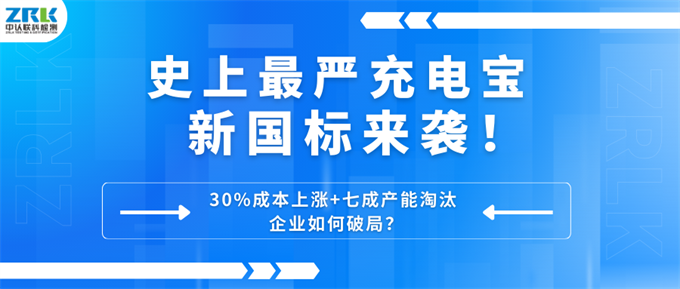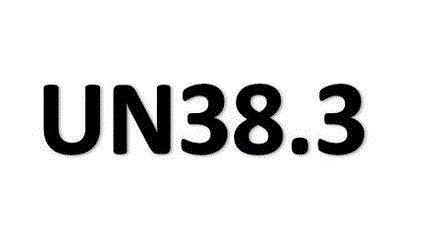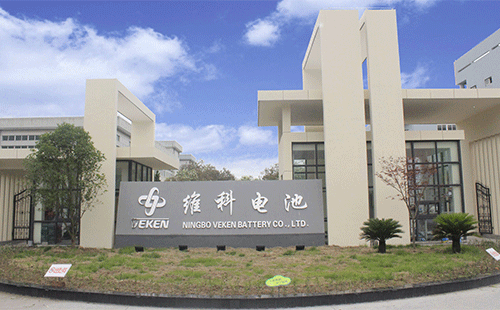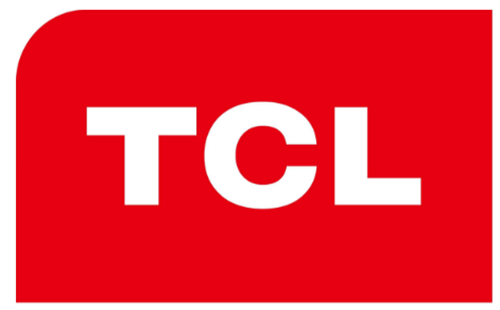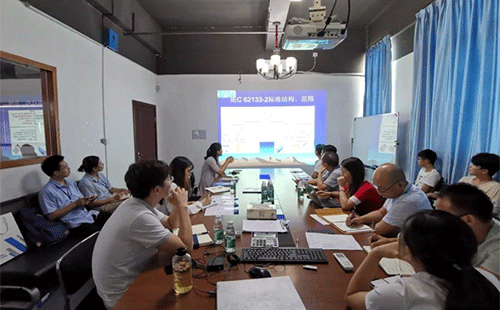To dispel consumer misunderstandings about the nature of certificates and ensure the authority and clarity of the CE mark as a mandatory EU Declaration of Conformity, the EU recently reiterated the CE Marking Rules (COMMISSION NOTICE, "The 'Blue Guide' on the Implementation of EU Product Rules 2022") issued on June 29, 2022. These rules specifically state that the terms "certification" and "independent third party" must not be used in voluntary certificates, and the CE mark is strictly prohibited.
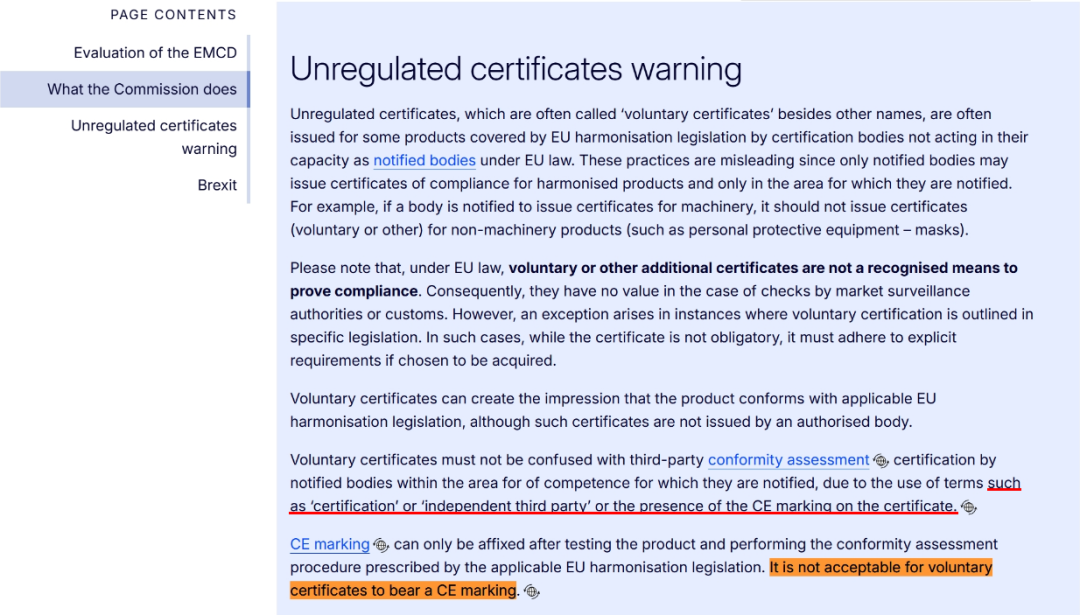
The EU official website announced the following:
LVD:https://single-market-economy.ec.europa.eu/sectors/electrical-and-electronic-engineering-industries-eei/low-voltage-directive-lvd_en#unregulated-certificates-warning
EMC:https://single-market-economy.ec.europa.eu/sectors/electrical-and-electronic-engineering-industries-eei/electromagnetic-compatibility-emc-directive_en#unregulated-certificates-warning
The Nature and Importance of the CE Mark
★ Attribute positioning: CE mark is the "legal passport" for products to enter the EU market. No matter where the products are produced in the world, as long as they belong to the mandatory category stipulated by the EU, they must be affixed with CE mark before they can be sold.
★ Core meaning: CE mark indicates that the product meets the requirements of EU in terms of safety, health and environmental protection, and it is a "declaration of conformity" by the manufacturer that its product complies with EU laws, not a "quality mark" or a "mark of origin".
★ Use boundary: CE mark is only applicable to the product categories clearly listed in EU law, and it is forbidden to paste CE mark without authorization for products that are not included in the mandatory category.
CE conformity assessment process
1. Confirmation of applicable laws and regulations: The manufacturer must first make clear the EU directives or regulations corresponding to the products (for example, LVD directives corresponding to low-voltage equipment and EMC directives corresponding to electromagnetic compatibility, etc.).
2. Complete the product test: carry out the test according to the requirements of EU regulations to verify the product compliance. The manufacturer can complete the test by himself (that is, "CE self-declaration") or entrust a qualified institution to carry out the test.
3. Prepare technical documents: arrange a complete set of certification materials, including test reports, product specifications, safety instructions, user manuals, etc., and ensure that the documents are complete and traceable.
4. Sign the Declaration of Conformity (DoC): The manufacturer signs a formal Declaration of Conformity (DoC) to confirm that the product complies with all applicable laws and regulations, and then the product is qualified to affix the CE mark.
How to use CE logo correctly
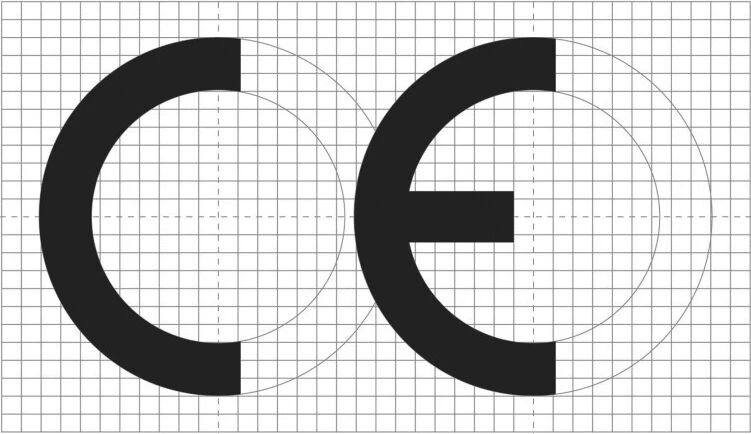
1. CE mark must be clear, visible and permanent. Do not use stickers that come off easily.
2. The sign shall consist of the letter "CE", with the two letters having the same vertical height and a height of at least 5 mm (unless otherwise specified).
3. The size of CE mark can be adjusted, but the original proportion must be maintained. You can use color, black and white, solid or stroke versions-as long as they are clear enough.
4. If it cannot be directly marked on the product (for example, the product is too small), the CE mark can be affixed to the package or attached documents.
5. If the product is applicable to multiple CE mark laws and regulations, the relevant documents must clearly state that the product meets all applicable requirements.
For the CE mark, please see the following links to relevant EU regulations
1、https://ec.europa.eu/growth/single-market/ce-marking_en
3、https://webgate.ec.europa.eu/single-market-compliance-space/notified-bodies/free-search
Corporate compliance advice
1. Identify the announcement agency: When commissioning the test or certification, you must choose the announcement agency authorized by the European Union to avoid the invalidation of the certificate and delay the export due to "agency non-compliance".
2. Retain technical documents: ensure that complete sets of documents such as test reports and DoC can be filed for inspection, and deal with surprise inspection by customs or market supervision.
3. Pay attention to the update in time: EU regulations may be dynamically adjusted, so it is recommended to consult official channels regularly for the latest requirements.
Warm tips
This time, the EU reiterated that it is not a new regulation, but a strengthening of the crackdown on "pseudo-compliance certificates". ZRLK testing suggests that relevant export enterprises should immediately check the existing certificates. If there is a voluntary certificate issued by a non-announcement organization with a forbidden word or CE mark, they should immediately arrange for the replacement of compliance documents to avoid risks such as customs seizure and market recall. Our company has a professional technical team and rich experience in product testing, which can help enterprises enter the target market in compliance with regulations. If you need it, please feel free to contact us, and our engineers will serve you at the first time!


